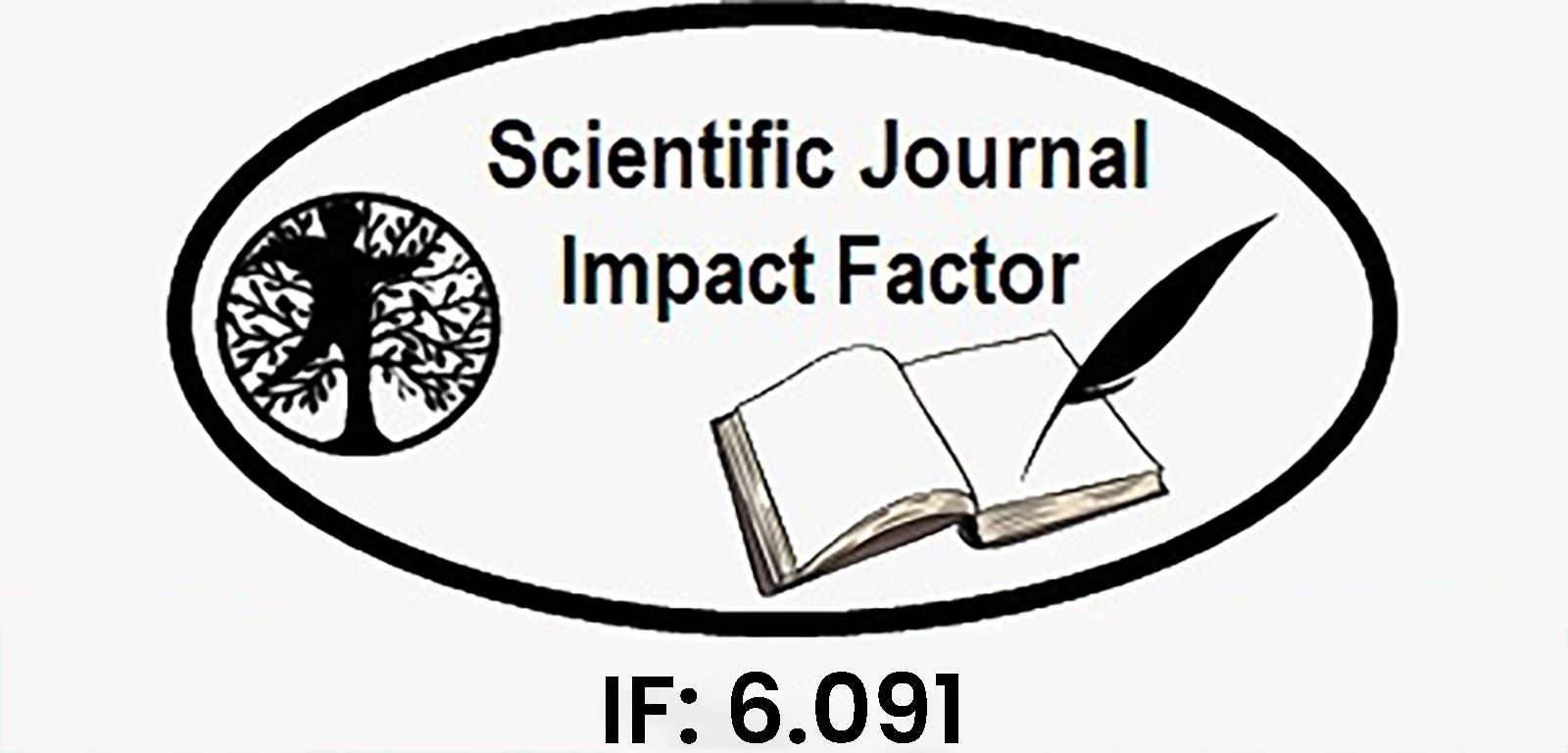Machine Learning for Fast and Reliable Source-Location Estimation in Earthquake Early Warning
Keywords:
random forest (RF), rapid earthquake, earthquake early warning (EEW), fast decision making, epicentral location, high accuracyAbstract
We develop a random forest (RF) model for rapid earthquake location with an aim to assist earthquake early warning (EEW) systems in fast decision making. This system exploits P-wave arrival times at the first five stations recording an earthquake and computes their respective arrival time differences relative to a reference station (i.e., the first recording station). These differential P-wave arrival times and station locations are classified in the RF model to estimate the epicentral location. We train and test the proposed algorithm with an earthquake catalog from Japan. The RF model predicts the earthquake locations with a high accuracy, achieving a Mean Absolute Error (MAE) of 2.88 km. As importantly, the proposed RF model can learn from a limited amount of data (i.e., 10% of the dataset) and much fewer (i.e., three) recording stations and still achieve satisfactory results (MAE<5 km). The algorithm is accurate, generalizable, and rapidly responding, thereby offering a powerful new tool for fast and reliable source-location prediction in EEW.
Downloads
Downloads
Published
Issue
Section
License

This work is licensed under a Creative Commons Attribution-NonCommercial-NoDerivatives 4.0 International License.















